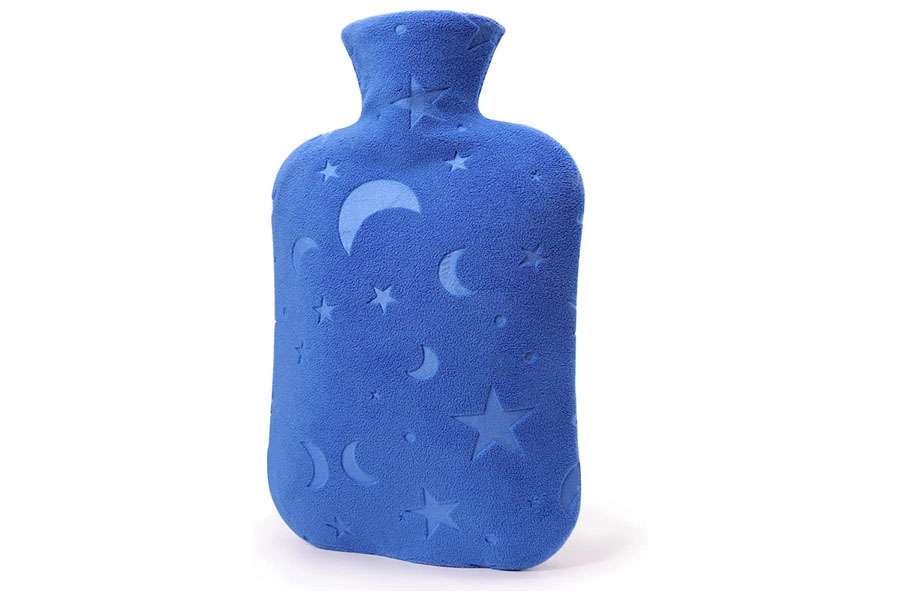Chronic pain is a common condition that affects millions of people worldwide. It can be caused by a variety of factors, including injury, illness, or aging. One way to manage chronic pain is through the use of hot packs. Hot packs are a type of physical therapy modality that can help reduce pain and stiffness in affected areas. In this article, we will discuss how hot packs work, conditions where hot packs are effective, how to prepare and apply a hot pack, potential complications, and contraindications for using hot packs.
Hot packs work by increasing blood flow to the affected area, which can help reduce pain and stiffness. Applying heat dilates blood vessels, promoting better circulation. This increased blood flow helps transport oxygen and essential nutrients to the painful area, aiding in the healing process. Heat can relax tense muscles, reducing muscle spasms and stiffness, which are common causes of chronic pain. Heat can also block pain receptors, diminishing the sensation of pain. This can provide temporary relief from chronic discomfort. According to a study published in The Journal of Physiological Sciences, topical thermal therapy with hot packs can suppress physical inactivity-induced mechanical hyperalgesia and up-regulation of nerve growth factor (NGF). This means that hot packs can help reduce pain caused by physical inactivity.

Hot packs have proven to be a versatile and reliable method for managing chronic pain in a variety of conditions. Here’s an in-depth look at the specific conditions where hot packs have demonstrated their effectiveness:
Hot packs are a go-to solution for soothing muscle and joint pain. Whether you’re dealing with the stiffness of arthritis, the aches from fibromyalgia, or the discomfort from a muscle strain, the application of heat can provide much-needed relief. The heat helps relax tense muscles, reduce inflammation, and ease the pain associated with these conditions.
Women often turn to hot packs to alleviate the monthly discomfort of menstrual cramps. Applying a hot pack to the lower abdomen can provide a soothing warmth that eases the muscle contractions and reduces the intensity of the cramps.
Lower back pain, a common complaint among many, can often be attributed to muscle tension, minor injuries, or overuse. Hot packs are an accessible and non-invasive option for targeting this pain. The heat helps increase blood flow to the affected area, relaxes the muscles, and can significantly reduce discomfort.
Athletes frequently utilize hot packs as part of their post-injury recovery regimen. Whether it’s a sprained ankle, a pulled muscle, or general soreness from strenuous physical activity, the application of heat can help to reduce pain and stiffness. This, in turn, can expedite the healing process, allowing athletes to get back in the game sooner.
Tension-related headaches can be excruciating, often stemming from tight neck and shoulder muscles. Hot packs applied to these areas can relax the muscles and provide relief from the throbbing pain. Moreover, the soothing warmth can help ease the stress and tension contributing to the headache, offering a multi-faceted approach to relief.
Preparing and applying a hot pack is a simple process. Here are the steps:
Select the right hot pack: Choose a hot pack that suits your needs. Microwaveable packs are convenient, while electric or hydrocollator packs maintain a consistent temperature.
Heat the hot pack: Follow the instructions on the pack for heating. Be cautious not to overheat it, as this can cause burns.
Wrap in a towel: Place the hot pack inside a towel or cloth to prevent direct contact with your skin, reducing the risk of burns.
Apply to the affected area: Gently place the hot pack on the painful area for 15-20 minutes. Avoid falling asleep with the pack in place to prevent burns.
Rest and reapply: After using the hot pack, rest for a while, and then you can reapply it as needed.

Although hot packs are generally safe, there are some potential complications that you should be aware of. These include:
If you experience any of these complications, stop using the hot pack immediately and seek medical advice.
There are some conditions in which hot packs should not be used. These include:
If you have any of these conditions, consult your healthcare professional before using a hot pack.
Hot packs can be a valuable tool in the management of chronic pain for many people. By understanding how they work, when to use them and taking the necessary precautions, you can find relief and improve your quality of life. However, it’s important to consult a healthcare professional if you have any doubts about using hot packs for your specific condition.